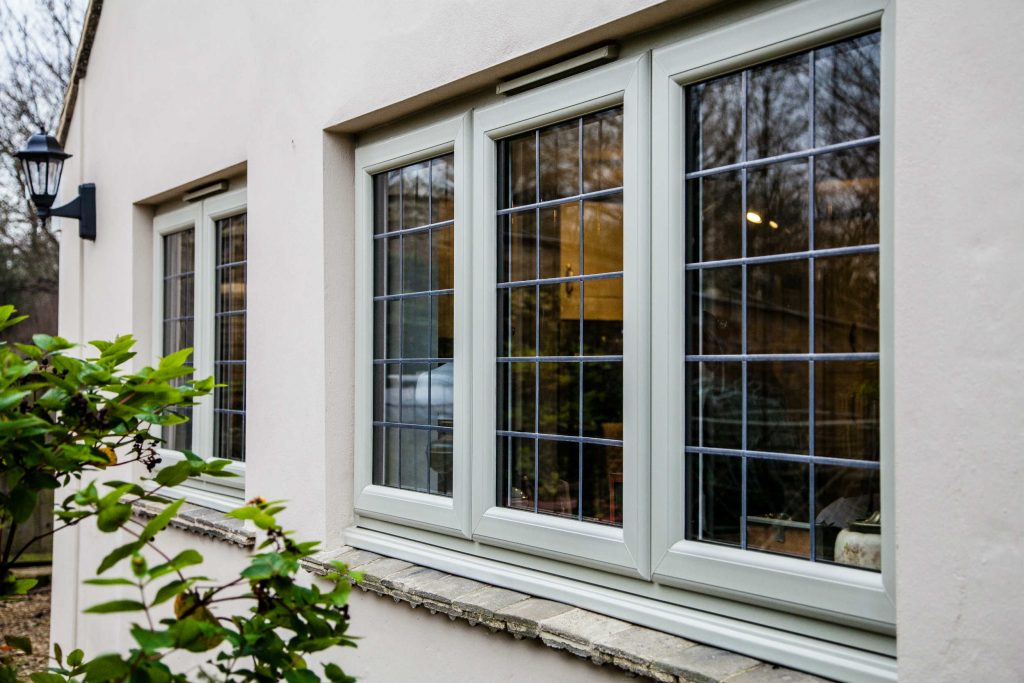All Categories
Featured
Table of Contents
Double Glazed Windows: A Complete Guide in Darling Downs Western Australia
That window can transmit more solar heat in winter season than in summertime. A west-facing window on a summer season's afternoon has an angle of occurrence from near 0 as much as 30 with a large effective area of solar radiation. A north-facing window, in summer season, has a high angle of incidence and a low efficient area of solar radiation, so can transmit less heat than a west-facing one.

But you can rapidly and easily enhance the thermal performance of your home by changing your windows. This is among the most efficient methods of renovation to achieve enhanced thermal comfort. There are thousands of kinds of glass and frames to select from. Choosing the right ones is necessary to enhancing the energy efficiency of your house.
How Double Glazing Can Help Keep Your Home Cool In ... in Alfred Cove Western Australia
There are many different types of glass items to select from. Single glazing uses a single pane of glass. Single glazing with clear glass is not extremely effective when it concerns heat loss or gain. To enhance efficiency, you can use single glazing with a more energy-efficient kind of glass such as low emissivity (low-e) glass.
Numerous layers can be assembled with sealed cavities in between each sheet of glass. IGUs normally use much better energy performance than single glazing, since they send less energy. However, the energy performance of IGUs also depends on: the properties of each layer of glass. Different glass types (for example, clear and low-e glass) can be assembled in an IGU.
Double Glazed Windows & Doors Melbourne & Sydney in Queens Park Perth

IGU cavities can be filled with air or a more inert, low-conductivity gas such as argon the width of the cavity. Cavity density is normally 6 to 18mm. Broader cavities offer lower (much better) U worths, with 12mm typically accepted as the preferred space how well the cavity is sealed. Cavities should be dry and well sealed to prevent wetness getting in.
If argon is installed to the cavity in place of air, moisture is reliably left out the level of desiccant (drying agent). The spacer (metal or polymer strip) that separates the glass layers includes a desiccant to take in any moisture. Inadequate desiccant might trigger moisture to condense on the glass surface in cold conditions, reducing thermal performance.
The Ultimate Guide To Double Glazed Windows in Highgate Western Australia
IGUs can deliver much better energy efficiency for all environments, specifically in heated and air-conditioned homes. Cross-section detail of single, double and triple-glazing units Low emissivity glass (commonly known as low-e glass) decreases heat transfer. Low-e glass may be either high or low transmission: High transmission low-e glass has a coating that enables daylight from the sun to enter your home to accomplish excellent solar heat gain, however minimizes the amount of the long wavelength infrared heat that can get away back through the window.
Low-e glass has either a pyrolytic finish or a vacuum-deposited thin film metal finish. Pyrolytic coverings are resilient and can be used for any glazing; vacuum-deposited finishings are soft and are only utilized within IGUs. Low-e coatings can significantly enhance both U worth and SHGC; nevertheless, they must be used correctly or they will either degrade or stop working to carry out as needed.
What Are Double Glazed Windows? - Build in Kenwick Perth
Low-e finishings can be used in combination with clear, toned or reflective glass. Low-e finishes on glazing can decrease heat transfer where needed Photo: Department of Industry, Science, Energy and Resources Toned glass has colouring additives consisted of throughout manufacture. It is offered in different colours, typically bronze, grey, blue and green.
Latest Posts
Window Glazing For Households - Energy in Myaree WA
Why You Need Secondary Glazing In The Summer in Madeley WA
Secondary Glazing: Is It Worth It? in Applecross Perth